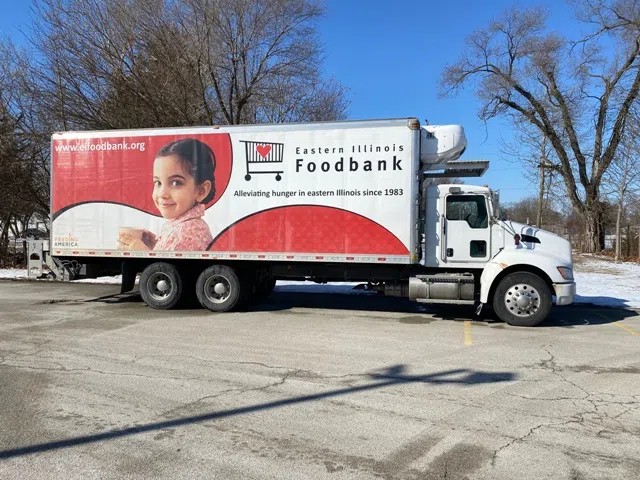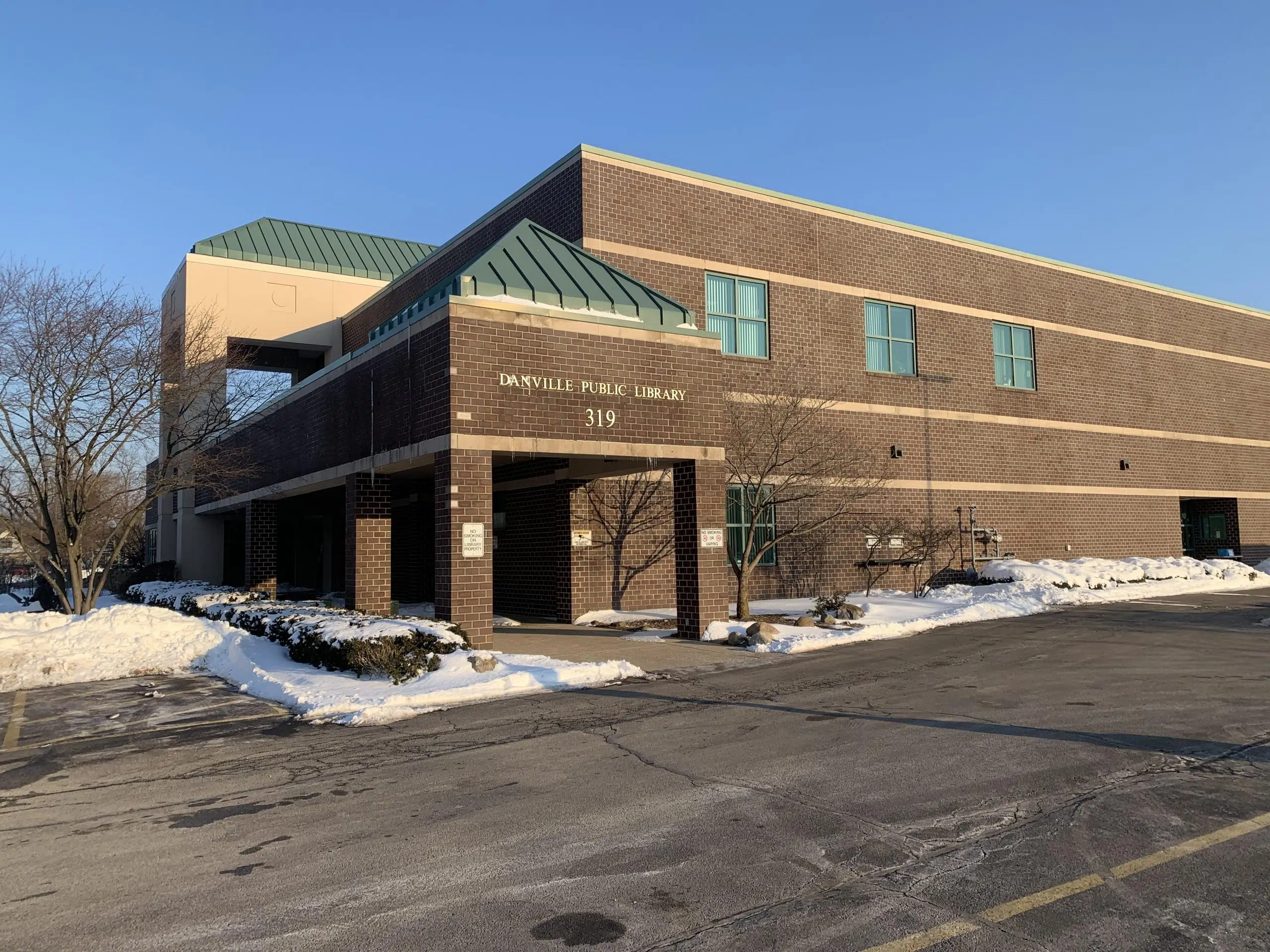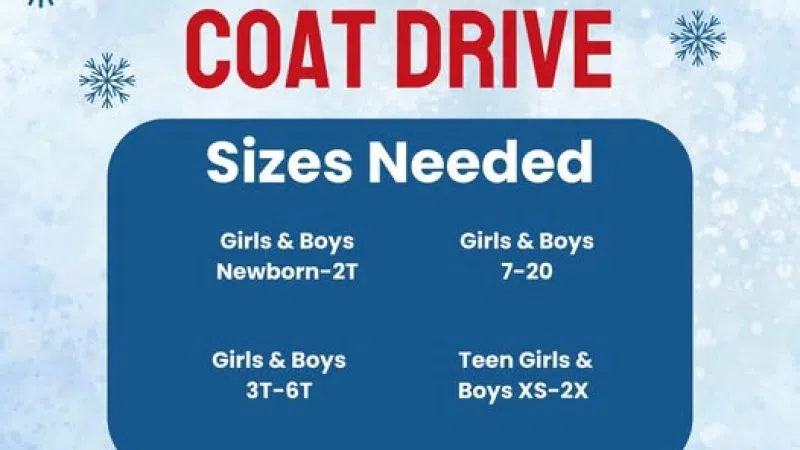THE FOLLOWING IS AN EASTERN ILLINOIS FOODBANK RELEASE
Urbana, IL (May 15, 2024) – The extra amount of money that people facing hunger said they need to have enough food reached its highest point in the last 20 years, according to Feeding America’s newly released annual Map the Meal Gap study. The national food budget shortfall, which reflects the extra money that people who are food insecure report needing to cover their food needs, has hit a record high of $33.1 billion, up nearly 43% from the previous year. This translates to $24.73 a week per person, on average.
Map the Meal Gap is the only study that provides local-level estimates of food insecurity and food costs for every county and congressional district. The study builds upon the USDA’s latest report of national and state data, which showed a sharp increase in food insecurity in 2022 amidst historically high food prices and the expiration of many pandemic-era programs. Map the Meal Gap emphasizes the urgent call for all of us to take action.
“The insights from this year’s study confirm what we hear each day from our neighbors facing hunger: elevated food prices are pushing their budgets to a breaking point,” said EIF President & CEO Kelly Daly. “This powerful tool helps us understand the impact of food insecurity and underlines that the
importance of our community’s support in alleviating hunger in eastern Illinois.”
At the local level, Map the Meal Gap finds that within EIF’s 18-county service area, more than 134,000 people—12.3 percent of the population—live in food-insecure households. Of those people, more than 36,000 are children.
The food insecurity rates of counties in EIF’s service area, from low to high, were as follows: Piatt (9.8%), Woodford (9.8%), McLean (10.9%), Moultrie (10.9%), Douglas (11%), Clark (11.4%), Cumberland (11.5%), DeWitt (11.7%), Jasper (11.7%), Crawford (11.8%), Livingston (12.2%), Champaign (12.7%), Ford (13%), Iroquois (13%), Edgar (13.4%), Vermilion (14.3%), Clay (15.2%), and Coles (16.1%).
Other key findings include:
O The national average cost per meal has increased to $3.99, marking a nearly 3% increase compared to the prior year and reaching its highest point in the last two decades, even after adjusting for inflation.
O 9 out of 10 high food insecurity counties in the nation are rural.
O Nearly 50% of people facing hunger are unlikely to qualify for SNAP (Supplemental Nutrition Assistance Program) benefits.
To learn how food insecurity impacts your community, visit feedingamerica.org/mapthemealgap. For more information about EIF and how you can help alleviate hunger locally, visit eifoodbank.org.
Eastern Illinois Foodbank (EIF) works to alleviate hunger in eastern Illinois as the primary food source to a network of 160 food pantries, agencies, and other programs throughout our 18-county service area. Through these agencies, the Foodbank provides meals to more than 1 million people
each year. Since 1983, EIF has led the fight against hunger and strengthened communities by providing food access, emergency relief, education, and advocacy to families in east-central Illinois. EIF is a member of Feeding America, Feeding Illinois, the United Way of Coles County, and the United Way of Champaign County. For more information, visit eifoodbank.org.
Feeding America® is the largest hunger-relief organization in the United States. As a network of more than 200 food banks, 21 statewide food bank associations, and over 60,000 agency partners, including food pantries and meal programs, we helped provide 5.2 billion meals to tens of millions
of people in need last year. Feeding America also supports programs that prevent food waste and improve food security among the people we serve; brings attention to the social and systemic barriers that contribute to food insecurity in our nation; and advocates for legislation that protects people from going hungry. Visit www.FeedingAmerica.org, find us on Facebook or follow us on Twitter.












